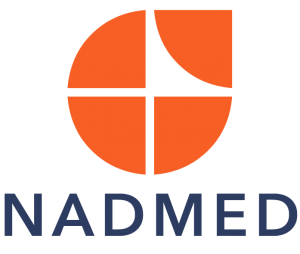NADs regulate and repair living creatures
NADs are essential in signaling and converting energy stored in sugars and fats into a form that muscles and other tissues can use. NADs come in four flavors: NAD+, NADH, NADP+, and NADPH – the ratios of which, in different cells and tissues, mediate the consumption of nutrients for energy or building blocks for growth and repair. These NADs are indispensable for all cellular functions. Interest in NADs has exploded in the scientific community during the past decade because of evidence supporting their key roles in longevity, healthy metabolism, and various diseases. This evidence has mainly been derived from animal models; however, an increasing number of studies involving humans also exist.
NADs are necessary for all living creatures – from the plant world to the animal kingdom – in all cells and tissues, where they regulate the balanced function of vital biochemical processes. In human health, NADs regulate cellular energy transfer from one chemical reaction to another, growth, and repair functions – totaling hundreds of biochemical reactions in our tissues. Metabolism is the entity of these biochemical reactions. Therefore, any chronic disturbance in the NAD balance can cause detrimental health effects.
Vitamin B3 is a precursor to NADs. All mammals depend on B vitamins which, after converting to NADs, control over 400 redox enzymes, thus controlling metabolism. For example, if left untreated, acute deficiencies in vitamins B1 and B3 may lead to dementia and death.
Studies indicate that NAD disturbances can be found in metabolic diseases, addictions, inflammations, heart diseases, low-stress resistance, and gene anomalies. Evidence shows that the effects of the dosing of NAD boosters such as vitamin B3 to elevate NAD are not uniform between individuals. Therefore, clinicians can use NADMED technology to adjust the appropriate dosing by monitoring levels of NAD in treatment follow-up. We expect NAD testing will be commonplace in clinical decision-making in the near future, where it is used to guide treatment. The demand for NAD analysis is believed to proliferate as reliable, high-volume testing is now possible with the introduction of the NADMED technology.
Read more about NADs and mitochondrial myopathy:
https://pubmed.ncbi.nlm.nih.gov/32386566/
Read more about NADs and Parkinson’s disease: https://pubmed.ncbi.nlm.nih.gov/35235774/
